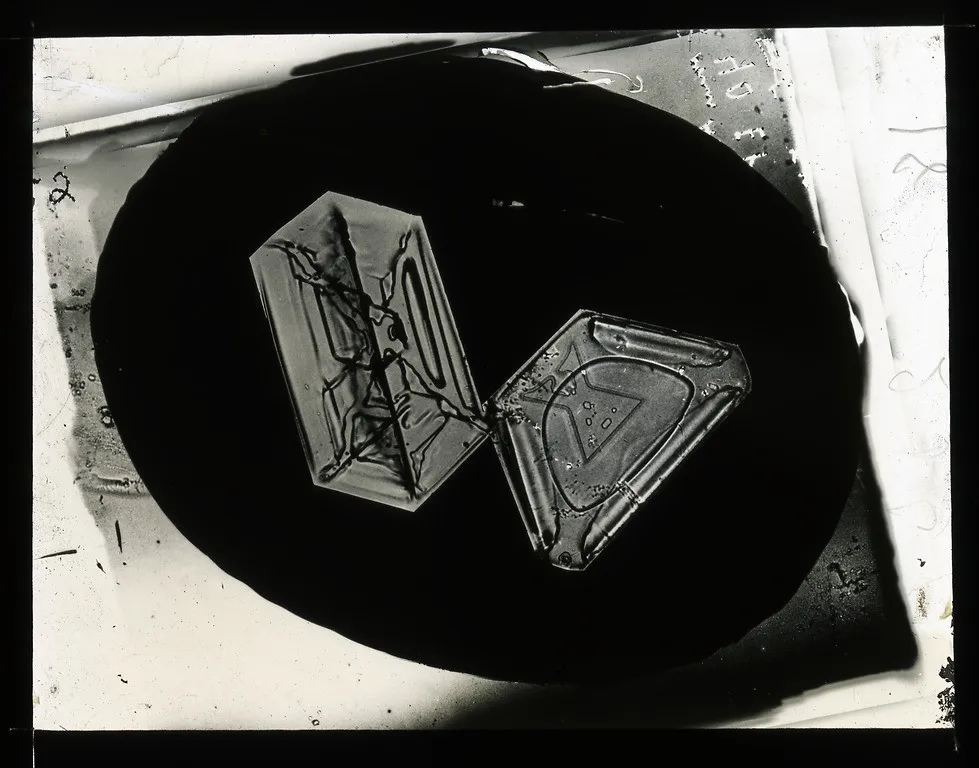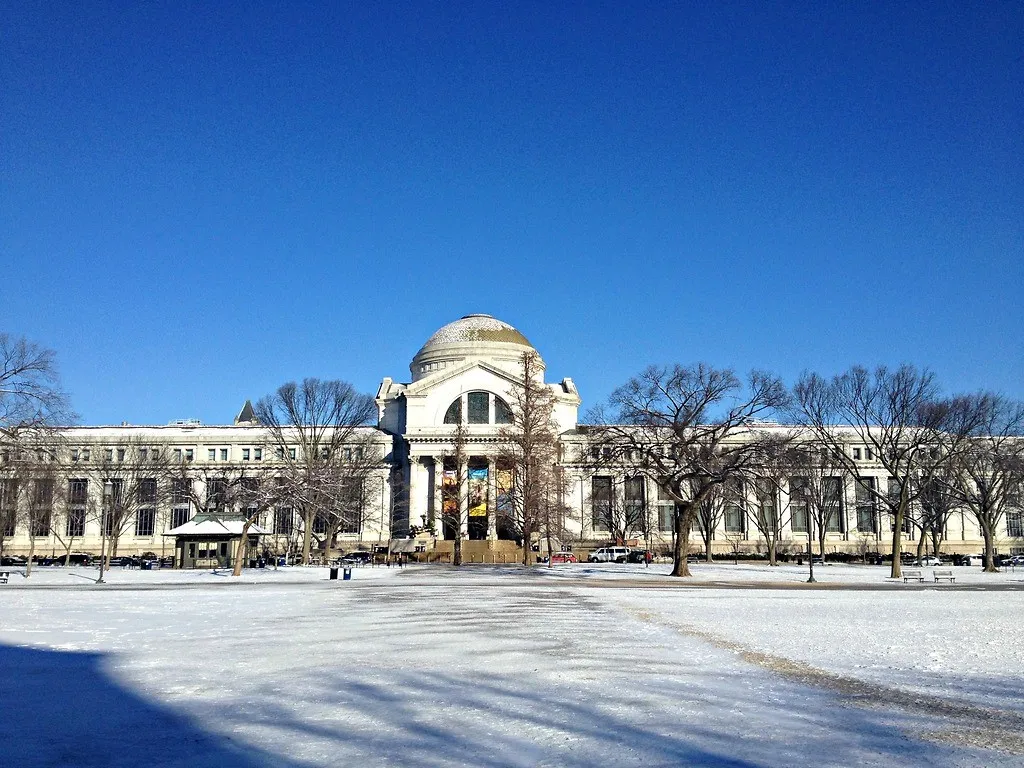NATIONAL MUSEUM OF NATURAL HISTORY
Why Scientists Find Snowflakes Cool
Mineralogists study snowflakes to learn more about how water in its solid phase behaves.
/https://tf-cmsv2-smithsonianmag-media.s3.amazonaws.com/blogging/featured/Six_black_and_white_snowflake_designs..jpg)
Winter officially begins today, and cold weather fanatics are hoping for snow. But snowfall brings more than wintry fun. This beautiful weather event gives scientists the chance to examine a fascinating substance with unique properties.
“Snowflakes are single crystals of ice and ice is basically a mineral that melts at a lower temperature than other minerals do,” said Dr. Jeffrey Post, Curator-in-Charge of Gems and Minerals at the Smithsonian’s National Museum of Natural History.
Snowflakes and ice are minerals, or naturally occurring solid inorganic materials. Mineralogists like Post study these minerals to learn more about how water in its solid phase behaves. “When you look at it from a mineral point of view, it’s unlike any other material that we bump into in our daily life,” said Post.
A crystallized vision
In the late 1880s, a Vermont farmer began photographing individual, microscopic snowflakes. His name was Wilson Bentley, though he was later nicknamed “Snowflake.” Over the course of his life, he took over 5000 snowflake pictures. 500 of those intricate images are housed in the Smithsonian Institution Archives.
“When we say no two snowflakes are alike, we can thank Wilson Bentley for that. What he was doing was quite unique in that time period. He was willing to stand outside in the cold of winter and take those photographs. In a way, it was a heroic effort,” said Dr. Pamela Henson, the Smithsonian’s historian.
Before Bentley, scientists struggled to closely examine snowflakes because the crystals were hard to isolate and melted so quickly. But by combining a microscope and camera in a technique called photomicrography, Bentley was able to finally take high resolution, enlarged pictures.

"Once you have thousands upon thousands upon thousands of these pictures, you can start making generalizations about them,” said Henson.
Different atmospheric conditions create different-looking snowflakes. For example, the six-pointed snowflake is commonly found in the Northern Hemisphere because that region has the right ratio of temperature to humidity. At different temperatures, snow crystals might grow as elongated columns, or flat plates.
But scientists never would have been able to prove that theory if they didn’t have “Snowflake” Bentley’s vast collection of photographs. His pictures are data. They give mineralogists and meteorologists important information about the way ice forms in the sky.
Ice crystals rock

Minerals are usually denser in their solid phase than in their liquid phase. But ice is the opposite. It is less dense than water. This is why ice floats on the surface of ponds, helping aquatic animals survive the winter in the water below. If water behaved like most liquids when it froze, its solid form would be more dense and sink.
Imagine ponds freezing in winter with the ice at the bottom, suggests Post. Not only would this challenge ice skaters, but in a very cold winter, shallow ponds might turn into a solid block of ice. Because of ice’s special properties, the ice layer forms at the surface and insulates the water below, preventing it from freezing.
“It all boils down to the crystal structure of ice,” said Post. “The two hydrogens and oxygen atoms that make up each water molecule form weak “hydrogen bonds” with neighboring water molecules and connect in a hexagonal framework that is more open, and less dense, than the molecule’s liquid structure.”
Snowflakes are small and delicate, because they are limited by the amount of water vapor surrounding them as they grow in the atmosphere. The crystals often grow in fractal and jagged patterns. Ice cubes formed in the freezer are made of many tiny ice crystals that formed quickly and grew into each other. Glacial ice is a natural ice rock, an aggregate of many mineral ice crystals.
Saving data for a snowy day (and future science)
Studying Earth’s ice lets mineralogists better understand how water behaves in all its forms on Earth, and on other planets. This knowledge is important because water is such a crucial part of life.
The Smithsonian Institution is a helpful resource for these researchers. As part of its mandate to collect and preserve scientific data for generations to come, it has held Bentley’s 500 snowflake photographs since 1904.
“We are a big data repository. People think of us as collecting objects, but they don’t necessarily think of us as preserving data which we also do,” said Henson.
Related Stories:
How Scientists Still Use the Smithsonian’s First Collections, 170 Years Later
Digitization Allows Public Access to Smithsonian’s Hidden Collections

